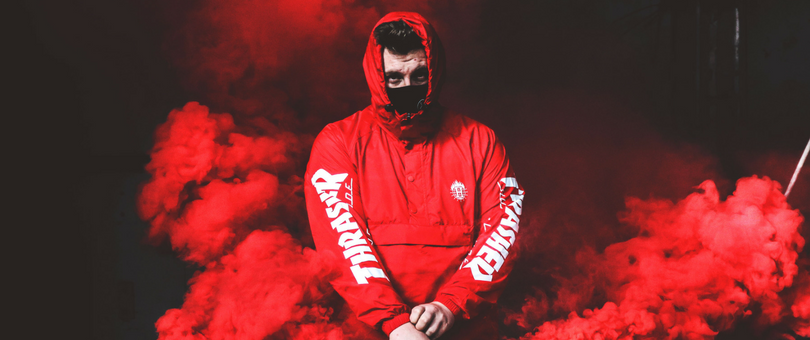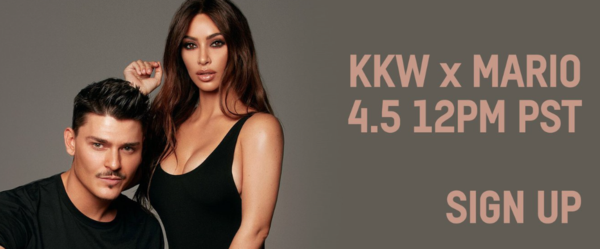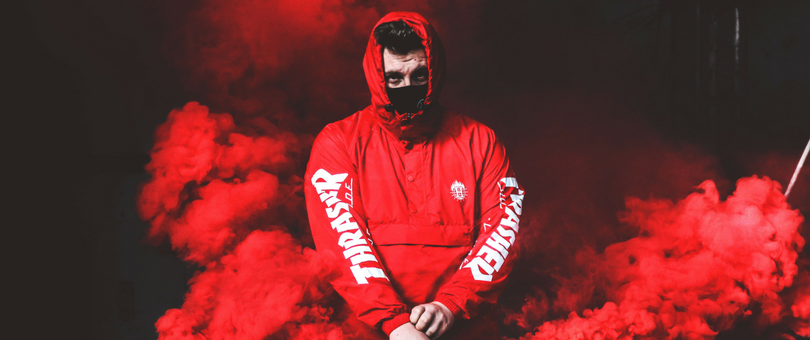 With all the retail competition out there, online and in-store, it can be challenging to cut through the noise and let customers know what you’re up to.
With all the retail competition out there, online and in-store, it can be challenging to cut through the noise and let customers know what you’re up to.
Whether you have a new product launching, a big sale around the corner, or are working on a special project, you need to be able to speak to your audience and keep them up to date.
So, how can you create buzz around your newest products? There’s good news for established brands with a sizeable following: You can use hype to move your latest product releases (and fast).
Here, we’re going to look at two popular retail trends of 2018: flash sales and much-anticipated product drops. We’ll also examine some examples of a few successful product drops to inspire you to use these strategies for your retail business.
What is a Flash Sale?
Flash sales are fast-paced promotions that often give customers little notice and involve a small inventory of hot products. The sale also has to be worth the hype — flash sales aren’t effective if customers are questioning whether or not they’re getting a good deal. It needs to be such a great deal that they can’t imagine walking away from it.
Flash sales have that sense of urgency baked into the concept — they don’t last forever and the products will likely sell out. For these reasons, flash sales can create a lot of buzz on social media as customers share the news with their friends, not wanting anyone to miss out on the deal.
Because of this, flash sales aren’t as effective if you have them on a regular basis. When it comes to creating hype with an impromptu sale, it’s best to keep them sporadic and unpredictable.
There are also a wealth of websites and social sites where shoppers share information about flash sales, making it a great way to attract new customers. However, these new bargain hunters might not stick around once the sale is over, so try to convert them to long-term customers through a loyalty program or newsletter while you can.
Online flash sales have been around for a while now. With the advent of early flash sale sites like Woot (launched back in 2004) and then daily deal sites like Groupon, consumer spending has steadily increased in this category over the last few years. The top flash sale sites generated a whopping US$6.25 billion in 2014, compared to US$5.32 billion the year before — and there’s little indication that this trend will slow down.
What is a Product Drop?
One of the newest ways to create buzz for your new products is with a product drop. A product drop builds hype for a new item in the days, weeks, or months leading up to the launch, stressing the date, time, and location of the drop.
A product drop is an iteration of a flash sale, but these launches usually happen IRL and span an even shorter period of time than the typical flash sale.
Usually, these drops are special release products that will only be available for a limited time or there’s a limited quantity for customers to get their hands on. The benefit to the customer is nabbing something exclusive, getting it early, and/or getting it first.
And the benefits to the retail company are just as good, as Fashionista points out: “For brands, it’s an opportunity to test new product in the market quickly and to lend their releases an air of exhilaration, stoking the competitive shopping urge that gets many consumers, particularly young ones, foaming at the mouth and bleeding from their wallets.”
If the drop is successful, sometimes brands will bring back the product for a wider release or a second wave at a later date.
In the article What Makes Us Want to Shop a Drop?, Fashionista asks (and answers) the question many ask about this sales strategy: “So, what makes us want to shop a drop so much? Why do these releases drive us to instantly reach for our credit card information, almost like a reflex? According to experts who study consumer behavior and marketing, it all comes down to the scarcity principle.”
In other words, people don’t want to miss something special, prompting them to make decisions faster and more impulsively than if they have time to mull over the purchase.
Often, brands will stock either their own brick-and-mortar store, a pop-up shop, a third-party store, and/or specific niche websites with a limited inventory of a product they’re launching. When dropping a product in-store, these launches are often marked by customers waiting in long lines for the exclusive merchandise.
Antri Sembako … 😂😂😂 #supremenyc #supremelineup @lukaskusuma
A post shared by Petra Wijaya Liu (@petrawijayaliu) on Mar 14, 2018 at 10:56am PDT
Popular streetwear brands like Supreme are known for hosting this style of product drop, which ensures that their products sell out and keeps the overall demand high.
Another popular type of product drop is the collaboration. In these cases, brands collaborate with another brand, celebrity, or designer to create a limited edition line of products that are highly coveted by fans of both collaborators. While collaborations are most popular in the fashion and beauty industries, it’s worth any retail business’ consideration. Look at working with a designer or a brand that shares an audience with you to create a line of limited edition products that will create some buzz in the community.
Examples of Companies Creating Hype
Looking for some inspiration from other businesses that have successfully built hype around the launch of their products? The following brands were able to move a ton of inventory in a short time by creating excitement and interest in their products with flash sales or drops.
KKW Beauty
 Photo Credit: Recent collaboration and product drop on KKW Beauty
Photo Credit: Recent collaboration and product drop on KKW Beauty
When reality TV star Kim Kardashian West announced that she was starting a makeup line, it was no surprise that her palettes sold out — and fast. Fashionista reports: “The reality star-turned-business mogul had released her first product, a contour kit, from her new makeup line KKW Beauty at exactly noon EST that day. In less than 15 minutes, all stock of the “Medium” shade contour kit was snapped up by shoppers — just as Kardashian predicted. About two-and-half hours later, the entire line was sold out.”
Since that initial product launch, KKW Beauty has released more of the original contour kits and sees steady sales, but the brand has continued to replicate the same hype and excitement around the launch of new products. Even though customers now know that more stock will become available in the months following the first drop, the excitement of acquiring the coveted items before others is too much to pass up for many.
Her latest drop included products that are part of a collaboration with famed makeup artist Mario Dedivanovic, helping her already popular brand reach more makeup artists, professionals, and Mario’s more than 4 million social media followers.
Adidas Yeezy
A post shared by StreetStyle (@streetstyle) on Apr 9, 2018 at 10:01am PDT
One factor that helps build hype for any product launch is the cool factor. Many young customers participate in product drops because they want to have the hottest, latest products. There’s a whole culture around cool product drops, particularly in the world of streetwear and sneakers. And one of the most iconic collaborations with massive product launches is Adidas Yeezy sneakers.
By working with popular musician Kanye West, as well as teasing upcoming products in fashion shows, Yeezys have become the coolest sneakers that most people can’t get their hands on.
The style of Yeezy shoes is also extremely recognizable. Even if you’ve never seen them in real life, audiences are accustomed to seeing them worn by their favorite celebrities.
While it may be difficult for your brand to work with celebrities, you can partner with local social media influencers to increase the cool factor of your products.
For more information on using influencers, read our advice on how to build an influencer marketing strategy for your retail brand.
How to Build Hype With Flash Sales or Drops for your Product Launch
Want to test the waters with your own flash sale or product drop? You can do your own marketing to build hype for your brand, or you can lean on a third party to assist you.
For example, you can partner with an app like Frenzy for your product drop. Essentially, the app creates a virtual pop-up shop in public spaces like parks, concert venues, or even entire cities. Customers with the app are notified with all the details about upcoming product drops, creating a direct line between retail brands and their customers. Apps like this eliminate some of the pain points of product drops, i.e., long lineups, raffles, and resellers.
If you’re a growing retail business it can be difficult to find the time and manpower to host a flash sale as well. If that’s the case, you can utilize third-party websites like Hautelook or Gilt that host flash sales for popular brands.
For more information on successfully hosting your own, check out our comprehensive guide to running a flash sale.
Moving Forward With Flash Sales or a Product Drop
Have you had success launching a new product through an organized drop? Or maybe you’ve created a huge buzz with an impromptu flash sale?
Tell us about your experiences with creating hype to increase sales in the comments below.

